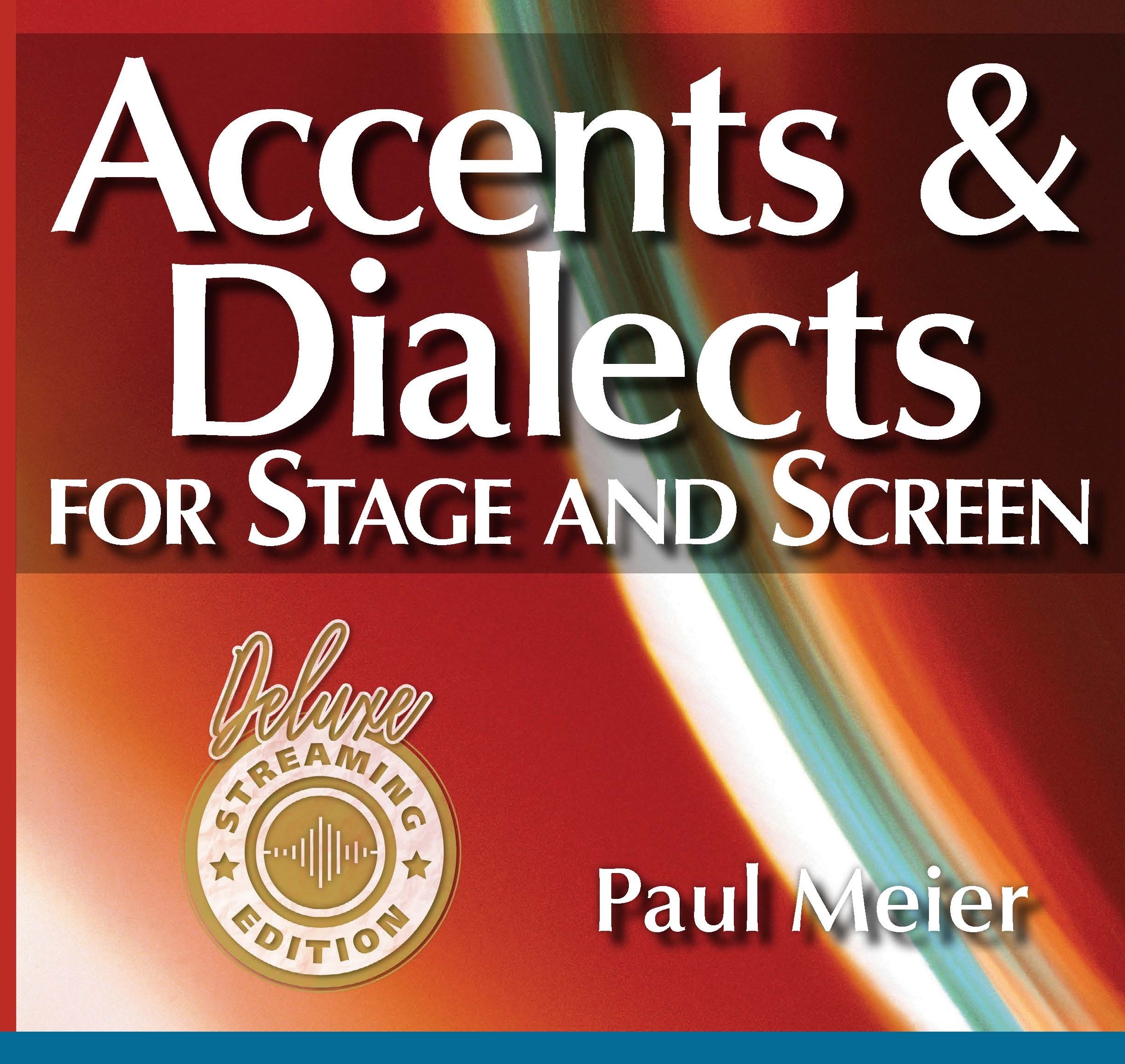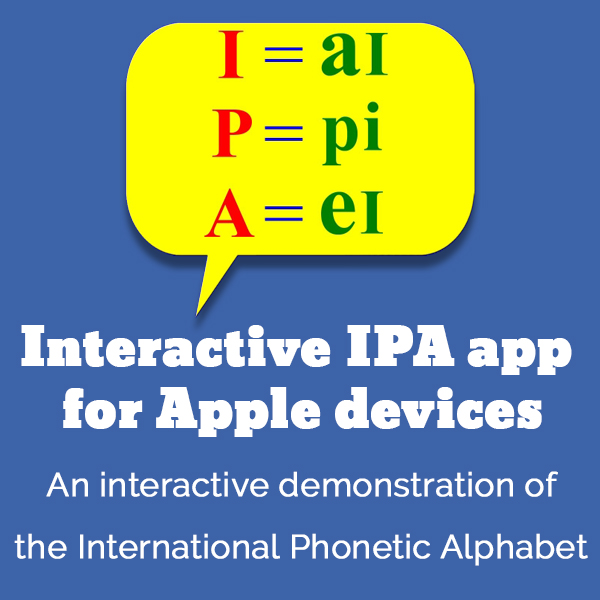Colombia 7
Listen to Colombia 7, a 24-year-old woman from Sogamoso, Boyacá, Colombia. Click or tap the triangle-shaped play button to hear the subject.
Both as a courtesy and to comply with copyright law, please remember to credit IDEA for direct or indirect use of samples. IDEA is a free resource; please consider supporting us.
BIOGRAPHICAL INFORMATION
AGE: 24
DATE OF BIRTH (DD/MM/YYYY): 26/07/1999
PLACE OF BIRTH: Sogamoso, Boyacá, Colombia
GENDER: female
ETHNICITY: Colombian/Boyacense
OCCUPATION: student
EDUCATION: bachelor’s degree
AREAS OF RESIDENCE OUTSIDE REPRESENTATIVE REGION FOR LONGER THAN SIX MONTHS:
The subject has never left Colombia. (She has lived in Sogamoso and Tunja.)
OTHER INFLUENCES ON SPEECH:
The subject lists family, education, and travel experiences as influences.
The text used in our recordings of scripted speech can be found by clicking here.
RECORDED BY: Daniela Cardozo Suárez (subject, under supervision of Jhon Eduardo Mosquera Pérez)
DATE OF RECORDING (DD/MM/YYYY): 19/11/2023
PHONETIC TRANSCRIPTION OF SCRIPTED SPEECH: N/A
TRANSCRIBED BY: N/A
DATE OF TRANSCRIPTION (DD/MM/YYYY): N/A
ORTHOGRAPHIC TRANSCRIPTION OF UNSCRIPTED SPEECH:
Well, I’m from Sogamoso, Boyacá; that is a municipality located in the department of Boyacá. Um, but I currently reside in Tunja, with two close friends sharing a space that has become our home away from home. Sogamoso is a, uh, city located in the the Boyacá department of Colombia, and it is also known for its rich historical and cultural heritage. Sogamoso’s culture is a vibrant blend in Indigenous traditions and Spanish colonial influence; its architecture showcases a mix of colonial buildings and modern structures. The city celebrates various festivals and even throughout the year, often featuring traditional music, dance, and colorful customs that highlight the region’s cultural diversity. Overall, Sogamoso stands as a city with a deep-rooted cultural legacy, and I lived there with my family since I was a child. Then I decided to move to Tunja in order to study, so, um, living in Tunja has been an enriching experience, surrounded by the historical charm of the city and the welcoming atmosphere created by my friends. The place where I grew up, um, has a local accent, and people used to use some specifically [sic] words in ways of respectful [sic], like the word sumercé [a sign of kindness or respect loosely translating to “my buddy”]. And so the ways people pronounce certain words and even the slang we use are all part of how I talk.
Also, my family has had a big influence too. They have always spoken in our language and being around them growing up. School also played a part. I went to a school where, eh, there were kids just from my region from Boyacá, so I got exposed to different accents and ways of talking. Um, plus, the media I have consumed has had an impact ’cause watching TV shows and movies with different accents or listening to music from various regions has, em, influenced the way I pronounce certain words or phrases, so my accent and dialect aren’t just about where I am from; they are a blend of experiences, family, education, and the diverse influences I’ve had throughout my life.
TRANSCRIBED BY: Daniela Cardozo Suárez (subject, under supervision of Jhon Eduardo Mosquera Pérez)
DATE OF TRANSCRIPTION (DD/MM/YYYY): 19/11/2023
PHONETIC TRANSCRIPTION OF UNSCRIPTED SPEECH: N/A
TRANSCRIBED BY: N/A
DATE OF TRANSCRIPTION (DD/MM/YYYY): N/A
SCHOLARLY COMMENTARY: N/A
COMMENTARY BY: N/A
DATE OF COMMENTARY (DD/MM/YYYY): N/A
The archive provides:
- Recordings of accent/dialect speakers from the region you select.
- Text of the speakers’ biographical details.
- Scholarly commentary and analysis in some cases.
- In most cases, an orthographic transcription of the speakers’ unscripted speech. In a small number of cases, you will also find a narrow phonetic transcription of the sample (see Phonetic Transcriptions for a complete list). The recordings average four minutes in length and feature both the reading of one of two standard passages, and some unscripted speech. The two passages are Comma Gets a Cure (currently our standard passage) and The Rainbow Passage (used in our earliest recordings).
For instructional materials or coaching in the accents and dialects represented here, please go to Other Dialect Services.
 IDEA: International Dialects of English Archive
IDEA: International Dialects of English Archive


